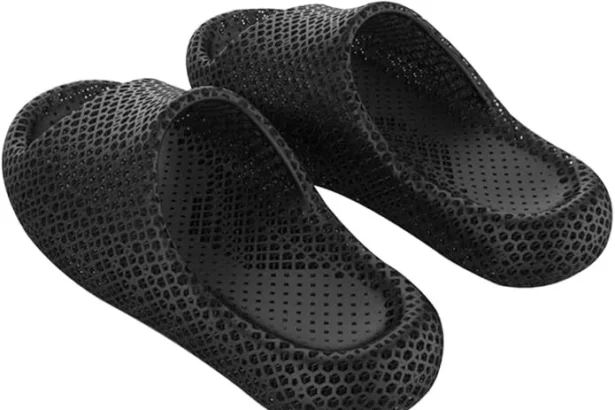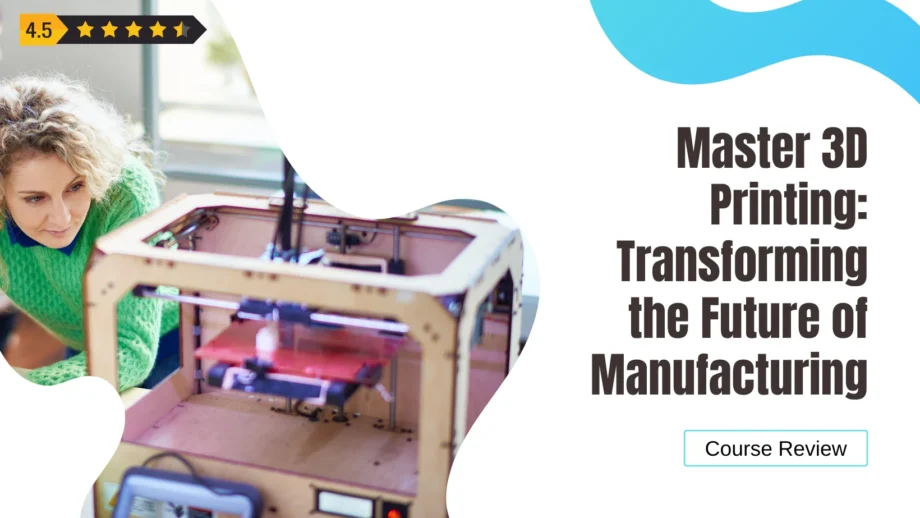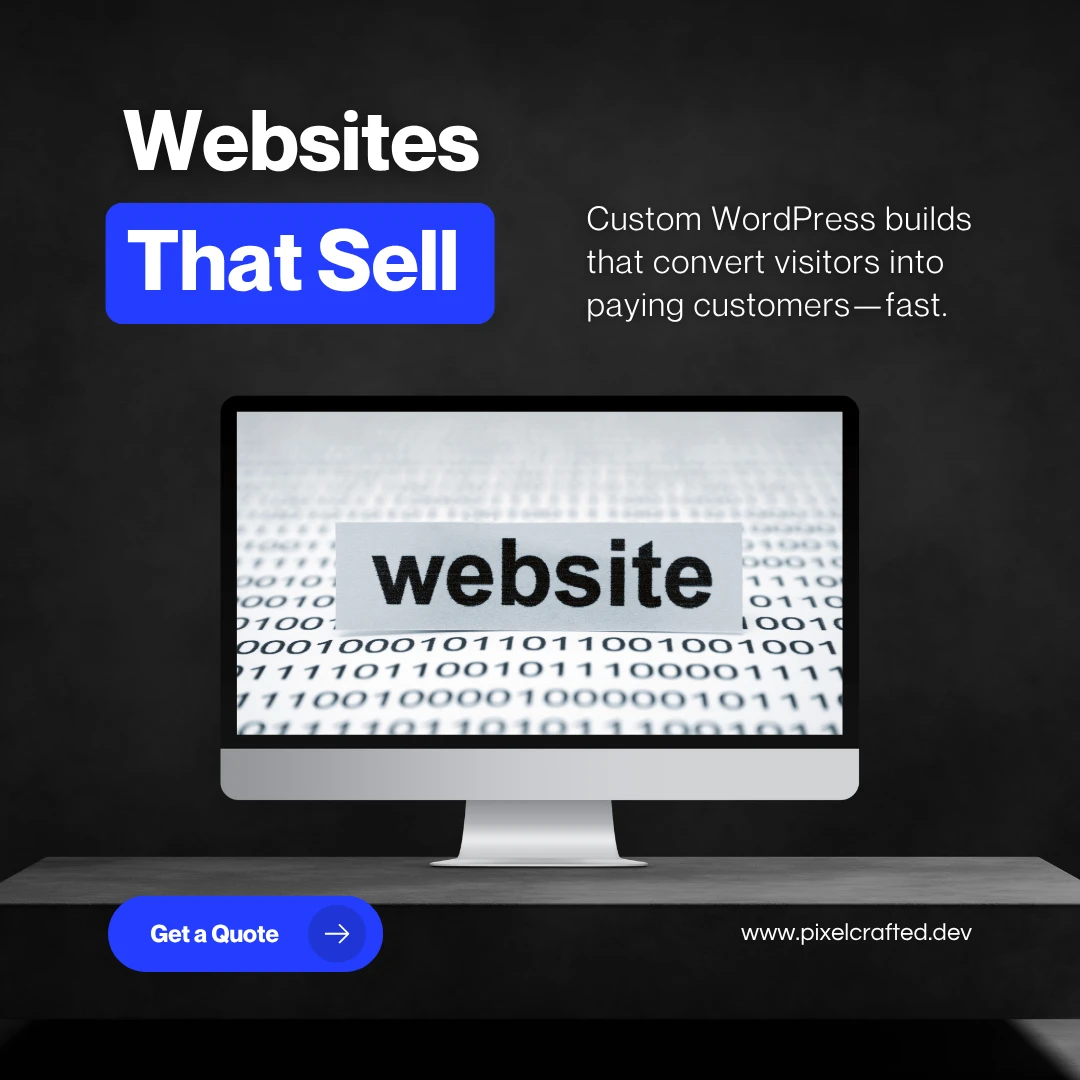Interest in 3D printing and additive manufacturing has grown exponentially, revolutionizing numerous industries from healthcare to aerospace. The Udemy course Master 3D Printing: Transforming the Future of Manufacturing, created by renowned instructor Tayseer Almattar, provides an extensive and accessible introduction, ideal for beginners and professionals eager to harness the potential of 3D printing strategically and practically.
With the global 3D printing market projected to skyrocket to $40 billion by 2024, acquiring knowledge in this domain is increasingly valuable. This review explores if this popular Udemy course truly meets the needs of entrepreneurs, engineers, and product managers looking to position themselves at the forefront of this transformative technology.
🎓 Course Overview & Snapshot
- Instructor: Tayseer Almattar
- Duration: 2.5 hours on-demand video
- Platform: Udemy
- Target Audience: Product managers, entrepreneurs, engineers
- Course Format: Video lectures, quizzes, practical case studies
The course is structured clearly, offering step-by-step explanations and engaging real-world examples. Tayseer Almattar’s approachable, knowledgeable teaching style ensures clarity, making complex technical concepts accessible to a broad audience.
✏️ In-Depth Module Breakdown
1. Foundational Concepts
The initial lessons clearly outline the distinctions between Additive Manufacturing and traditional 3D Printing, providing critical historical context. Beginners quickly grasp the evolution, benefits, and core principles of this groundbreaking technology, setting a robust foundation for subsequent, more detailed modules.
2. Core Skills & Lessons
This section thoroughly explores seven primary 3D printing processes:
- Material Extrusion: Widely used for prototyping due to its affordability and ease.
- Powder Bed Fusion: Ideal for robust metal components, crucial in aerospace and medical sectors.
- Vat Photopolymerization (VPP): Enables high-resolution printing for precise applications, particularly useful in dental and jewelry sectors.
- Binder Jetting: Efficient for high-volume production, applicable to metal and ceramics.
- Material Jetting: Offers multi-material, high-precision printing, great for detailed prototypes.
- Direct Energy Deposition (DED): Essential for industrial metal repairs and large components.
- Sheet Lamination: Useful for quick prototyping combining additive and traditional methods.
Each method is explained with practical use cases, enabling students to understand not just how each technology works, but also where and why it is best utilized.
3. Real-World Applications
Tayseer demonstrates how additive manufacturing impacts key industries:
- Manufacturing & Tooling: Explores how companies streamline production, reduce costs, and improve efficiency.
- Medical Sector: Highlights applications in personalized medicine, prosthetics, and surgical tools.
- Aerospace: Reveals how the aerospace industry benefits from lighter, stronger, and more complex components.
4. Case Studies & Examples
Real-world scenarios are extensively featured, showcasing practical examples from companies like Baelf Design, KOMET Group, and Aprecia Pharmaceuticals. These case studies emphasize the value and practicality of the technology, reinforcing theoretical knowledge with tangible, relatable outcomes.
5. Future Relevance & Evolving Skills
The course culminates with an exploration of future trends, including:
- Bio Printing: Innovations in medical and healthcare applications, such as organ and tissue printing.
- 4D Printing: Advanced materials that adapt post-production, useful in dynamic environments.
- Mass Customization: Potential to create personalized products on a large scale efficiently.
These future-oriented topics ensure learners remain ahead of industry trends and prepared for upcoming shifts in technology.
✅ Pros and Strengths
- Easy-to-follow explanations: Clearly structured content suitable for beginners and advanced learners.
- Structured learning experience: Organized into logical sections for progressive understanding.
- Applicable to real-world projects: Case studies effectively demonstrate industry relevance.
- Forward-looking content: Keeps learners informed of emerging trends, offering strategic insights for future applications.
⚠️ Limitations or Who It’s Not For
- Primarily theoretical: Limited hands-on or technical tutorials; best for strategic rather than practical technical skills.
- Not ideal for hobbyists: More focused on industrial and professional applications rather than DIY projects.
🔍 Who Should Take This Course?
- Entrepreneurs: Those looking to innovate and integrate new manufacturing strategies into their businesses.
- Engineers: Professionals aiming to expand their knowledge of modern manufacturing technologies.
- Product Managers: Individuals responsible for overseeing product development processes.
- Students & Designers: Learners eager to build foundational knowledge applicable to professional careers or innovative design practices.
📊 Final Verdict & Takeaways
Master 3D Printing: Transforming the Future of Manufacturing excels in delivering comprehensive, strategic, and accessible knowledge in additive manufacturing. Tayseer Almattar’s engaging delivery, paired with insightful case studies and forward-thinking content, provides significant value, particularly for those looking to strategically incorporate 3D printing into professional scenarios. Though the course lacks direct hands-on tutorials, its strength lies in empowering learners to understand, evaluate, and strategically implement 3D printing technology in their professional endeavors.
👉 Take the Course on Udemy: Enroll Here
Affiliate Disclosure: This article contains affiliate links. We may earn a small commission at no additional cost to you.
FAQs
The course offers a strategic overview of 3D printing, covering seven key printing processes, industry applications, future trends like bio and 4D printing, and real-world case studies in aerospace, medicine, and manufacturing.
Both. Beginners benefit from the foundational lessons and accessible teaching style, while professionals gain strategic insight into how 3D printing is reshaping industries.
No, the course focuses on theory, real-world applications, and strategic uses of 3D printing. It’s best suited for learners interested in understanding the technology rather than hands-on modeling or slicing.
This course is ideal for engineers, product managers, entrepreneurs, and students who want to learn how to apply 3D printing in professional settings and stay ahead of manufacturing trends.




